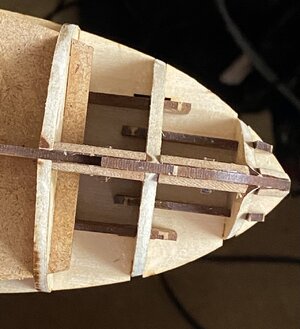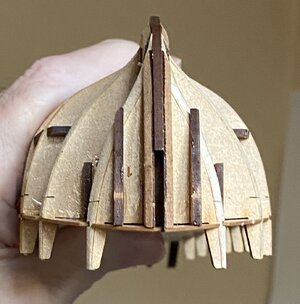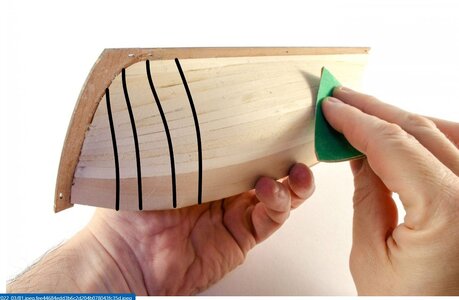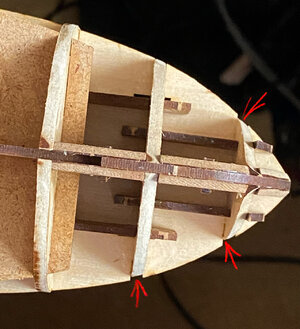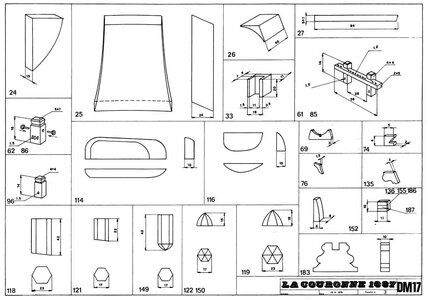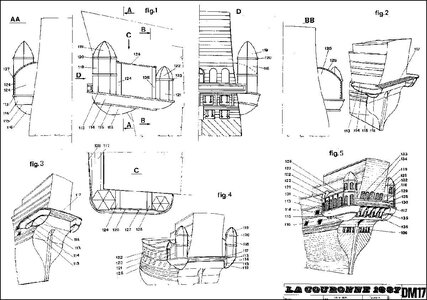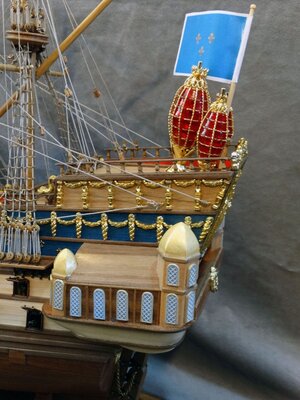Hi PaulIf I might offer a way through your current challenge...I would sister a strip of wood on the side of the bulkheads that you think are over-shaped...and then just fair the hull normally. If the bulkheads are in the wrong place it won't matter as long as you keep the corrected bits below the level of the deck (the bulkheads extend above the deck on this model - though I have a simple solution for that as well if needed).
Let's give it a new go! In my limited experience I've learned that ship modeling is just as much about trouble shooting as it is about putting the pieces together according to the instructions. You've got this F/S!
I think you might have something here, it's certainly given me a new direction of thinking. Appreciate the friendly pep talk .
F/S




